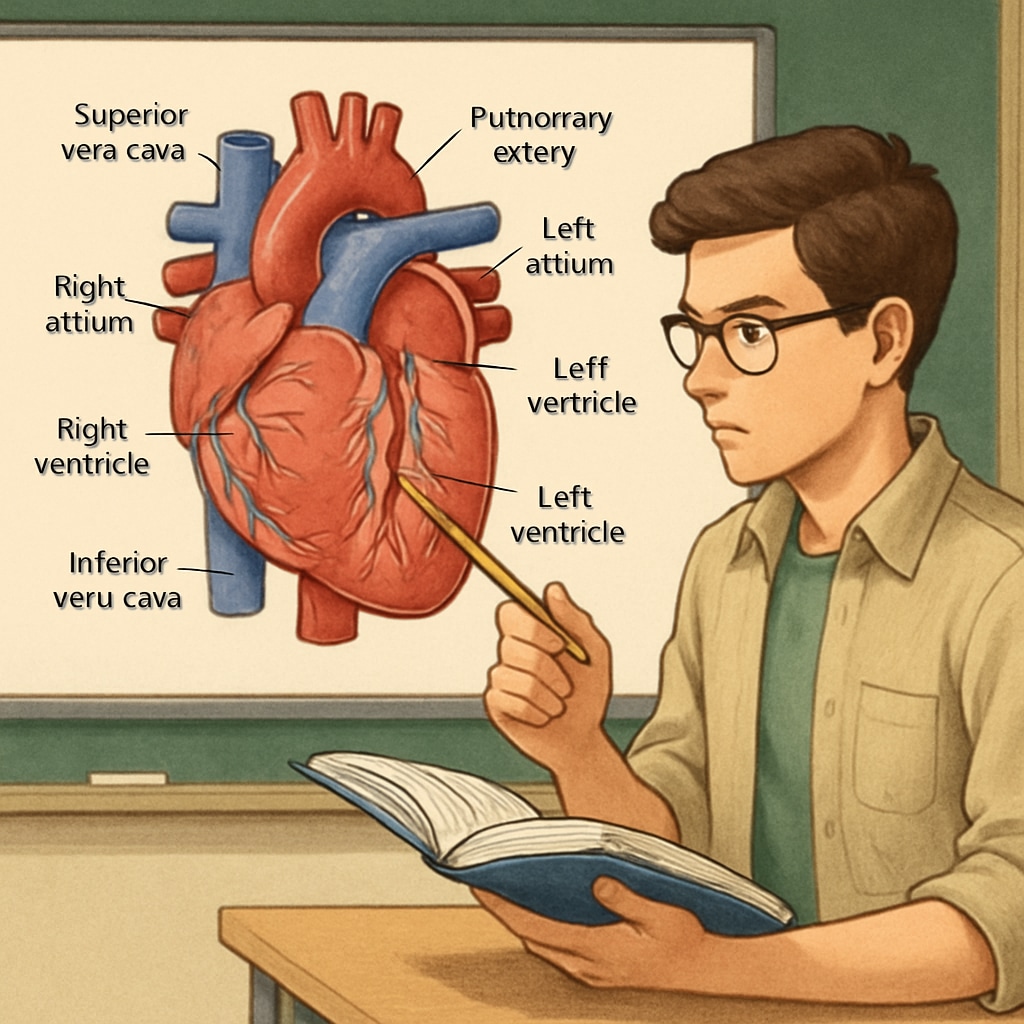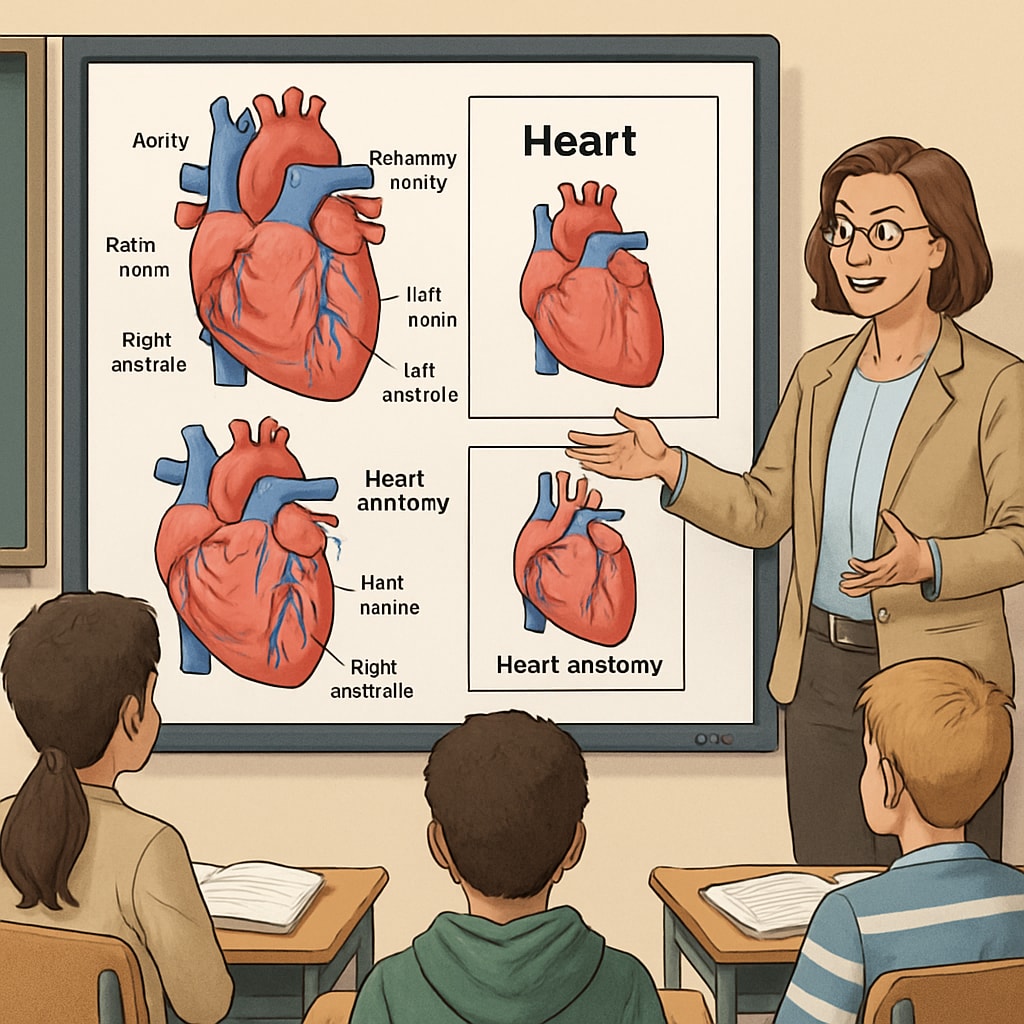In today’s fast-paced world, the demand for accessible, simplified medical knowledge is growing exponentially. Integrating health literacy into K12 education is emerging as a transformative approach for non-medical professionals and educators, particularly through subjects like cardiology and online courses. By fostering early exposure to medical concepts, schools can empower students with scientific thinking and practical skills for lifelong health management.
The Importance of Health Literacy in K12 Education
Health literacy refers to the ability to understand and apply medical knowledge for informed decisions about one’s health. While traditionally reserved for medical professionals, basic health literacy is invaluable for broader communities. For example, understanding the fundamentals of cardiology—such as how the heart functions—can help students recognize early signs of cardiovascular issues in themselves or their families.
In addition, developing health literacy in youth equips them with critical thinking skills. It bridges the gap between theoretical learning and real-world application, giving students tools to navigate health challenges confidently. For educators, this means creating structured yet engaging resources tailored to the developmental stages of K12 learners.

Cross-disciplinary Medicine: A New Approach to Learning
Introducing cross-disciplinary medicine in schools is an innovative way to combine health education with science and technology. Non-medical professionals, such as teachers or curriculum designers, can leverage online courses in cardiology to simplify complex topics. Platforms like Khan Academy’s Health and Medicine or Britannica’s Cardiovascular Overview offer interactive modules and videos that make medical topics approachable for younger audiences.
Key benefits of a cross-disciplinary approach include:
- Enhancing scientific curiosity through practical examples of human biology.
- Promoting collaboration between educators, students, and healthcare professionals.
- Encouraging personal responsibility for health management from an early age.

Online Courses: Making Medical Knowledge Accessible
Online courses are revolutionizing how non-medical professionals access and share medical information. For K12 education, these platforms provide flexible, scalable solutions for integrating health topics like cardiology into existing curricula. Some of the most effective features in online courses include:
- Gamified learning tools to keep students engaged.
- Interactive visuals, such as 3D models of the heart, to support understanding.
- Multilingual support for diverse classrooms.
For example, educators can use free or affordable resources from platforms such as Coursera or edX to introduce cardiology basics. These tools not only help students grasp complex concepts but also foster curiosity about health and medicine.
Preparing Students for a Health-conscious Future
As the world faces growing health challenges like obesity and heart disease, it is crucial to instill health literacy in younger generations. By integrating medical knowledge into K12 education, schools can prepare students for a future where informed decision-making about health is vital. This approach promotes well-rounded development, equipping students to become proactive members of a health-conscious society.
In conclusion, cross-disciplinary medicine, supported by online courses, offers a practical and impactful way to bring health education to non-medical professionals and K12 students. It paves the way for a future where health literacy is not just a skill but a necessity.
Readability guidance: The article uses short paragraphs, lists to summarize key points, and a logical flow to maintain reader engagement. Active voice predominates, ensuring clarity and accessibility.


